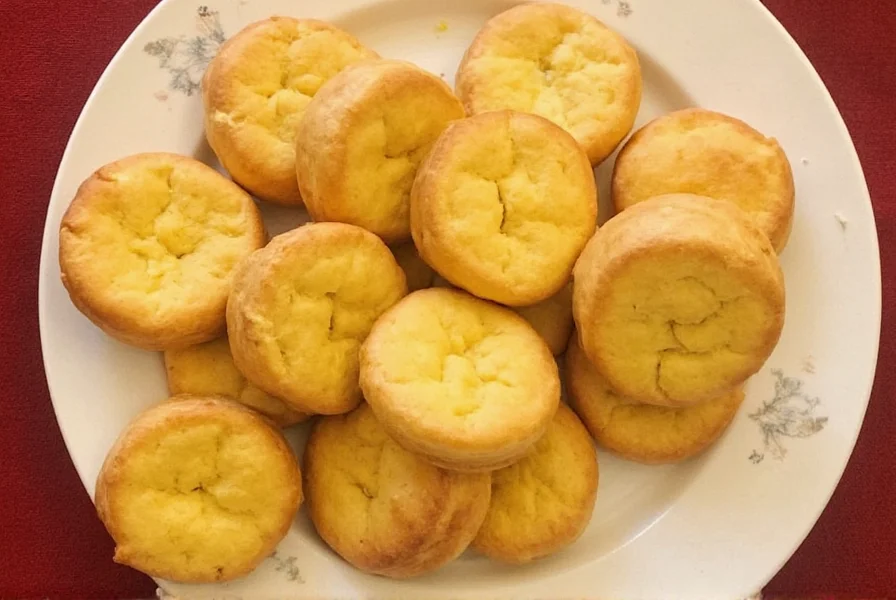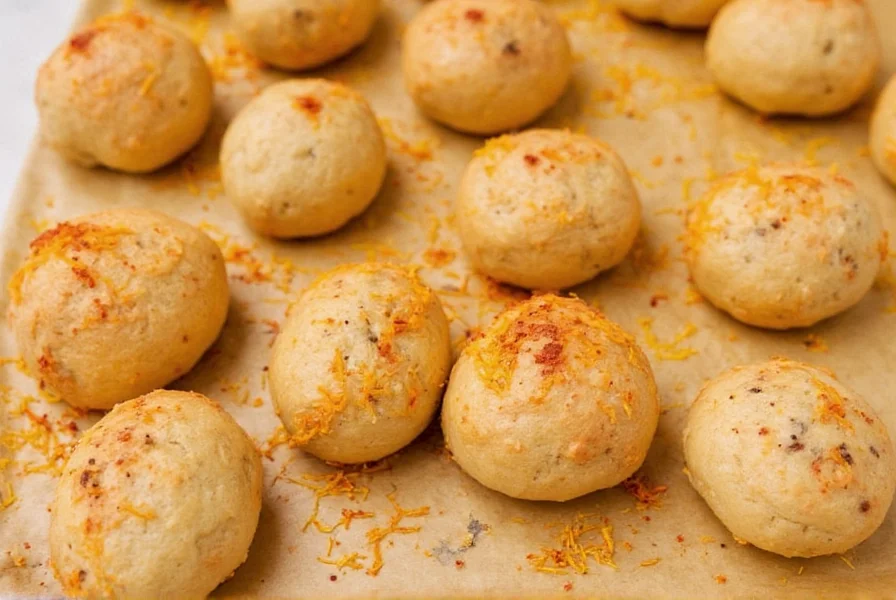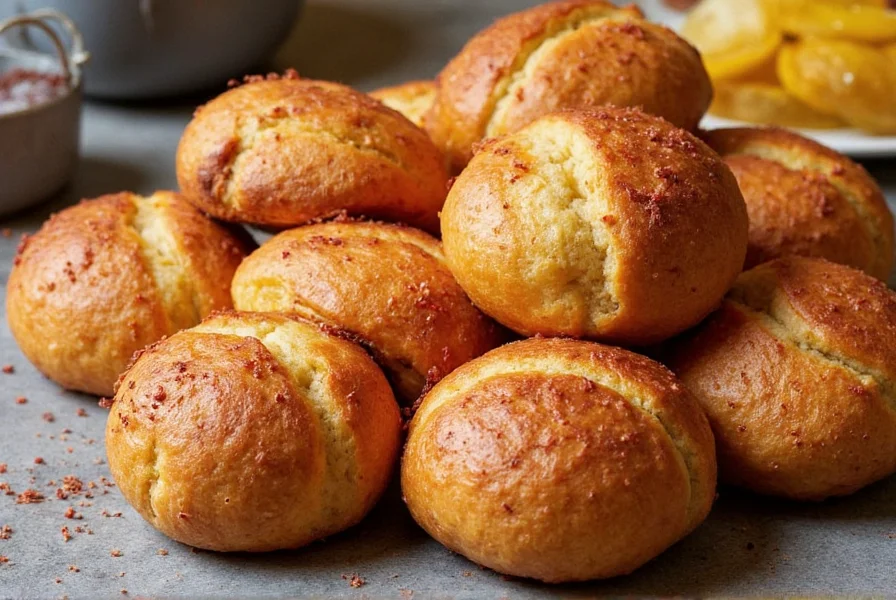Saffron buns represent one of the most cherished traditions in Scandinavian baking, with roots stretching back centuries. The vibrant golden pastries, known as Lussekatter in Sweden, Lussevaffler in Norway, and Lucia buns in Finland, hold deep cultural significance across Nordic countries. Their distinctive saffron flavor and coiled shape make them instantly recognizable during the winter holiday season.
The Historical Journey of Saffron Buns
Saffron, the world's most expensive spice by weight, reached Scandinavia through medieval trade routes despite the region's northern latitude being unsuitable for saffron cultivation. Originally a luxury item affordable only to the wealthy, saffron buns gradually became accessible to broader populations as trade expanded. The tradition became particularly associated with Saint Lucia's Day (December 13th), celebrating the "light bearer" during the darkest time of year in Nordic regions.
Historical records show saffron buns appearing in Swedish cookbooks as early as the 1400s, though their modern form stabilized during the 19th century. The characteristic S-shape represents Lucia's serpent, while some variations feature raisins symbolizing her eyes. This symbolism connects the buns to pre-Christian Nordic light festivals that later merged with Christian traditions.
Essential Ingredients and Their Significance
The magic of authentic saffron buns lies in their carefully balanced ingredients:
| Ingredient | Traditional Amount | Function |
|---|---|---|
| Saffron threads | 0.5-1g per batch | Provides distinctive color, aroma, and flavor |
| Cardamom | 1 tsp ground | Complements saffron with warm, citrusy notes |
| Butter | 100g | Creates tender crumb and rich flavor |
| Milk | 250ml warm | Activates yeast and enriches dough |
| Flour | 500g | Provides structure |
The quality of saffron dramatically affects the final product. Genuine saffron threads (not powder) should be deep red with orange tips, releasing a honey-like aroma when crushed. Many traditional bakers steep the threads in warm milk or water for 20-30 minutes before incorporating them into the dough to maximize color and flavor extraction.

Mastering Saffron Bun Preparation
Creating perfect saffron buns requires attention to specific techniques that distinguish them from ordinary sweet rolls:
- Saffron infusion: Always steep threads in liquid before use for maximum flavor extraction
- Dough temperature: Maintain 24-27°C (75-80°F) during first rise for optimal yeast activity
- Shaping technique: Roll dough into 30cm ropes, coil into S-shapes with raisins at curve points
- Proofing conditions: Second rise should occur in draft-free area at 27°C (80°F) until doubled
- Baking precision: 175°C (350°F) for 15-18 minutes until golden but not browned
One common challenge home bakers face is achieving the signature vibrant yellow color without bitterness. The solution lies in using sufficient saffron (at least 0.5g per batch) but avoiding excessive amounts that create medicinal flavors. Proper infusion technique matters more than quantity—crushing threads slightly before steeping releases more flavor compounds.
Traditional Saffron Bun Recipe
Yield: 12 buns | Preparation: 2.5 hours | Baking: 18 minutes
Ingredients
- 250ml whole milk, warmed
- 0.7g saffron threads (about 1 large pinch)
- 50g granulated sugar
- 7g active dry yeast
- 500g all-purpose flour
- 1 tsp ground cardamom
- 100g unsalted butter, softened
- 1 large egg
- Pinch of salt
- 24 raisins or currants
- Egg wash (1 egg beaten with 1 tbsp water)
Method
- Crush saffron threads and steep in 2 tablespoons warm milk for 30 minutes
- Dissolve sugar in remaining warm milk, then sprinkle yeast on top. Wait 5-10 minutes until foamy
- Mix flour, cardamom, and salt in large bowl
- Add yeast mixture, saffron infusion, softened butter, and egg to dry ingredients
- Knead 10 minutes until smooth and elastic (dough should pass windowpane test)
- Cover and let rise in warm place 1-1.5 hours until doubled
- Divide dough into 12 equal portions, roll each into 30cm rope
- Shape into S-coils, placing two raisins at the inner curve of each bun
- Cover and proof 45-60 minutes until puffy
- Brush with egg wash and bake 15-18 minutes until golden
For optimal flavor development, allow buns to cool completely before serving. Traditional accompaniments include strong coffee, glögg (mulled wine), or dairy-based Christmas drinks like julmust. Many Scandinavian families serve saffron buns with butter and cheese—a combination that balances the sweetness with savory notes.

Variations Across Europe
While Swedish Lussekatter are most famous, saffron-infused breads appear throughout Europe:
- Italy: Zafferano bread from Tuscany features saffron in enriched dough with citrus zest
- Spain: Mona de Pascua sometimes incorporates saffron in Easter breads
- UK: Cornish saffron cake dates back to 14th century trade with Mediterranean
- Greece: Kourabiedes occasionally use saffron for special occasions
The Scandinavian version remains distinctive for its specific spice combination (saffron with cardamom) and traditional S-shape. Regional variations often reflect local ingredients and historical trade connections—Cornish saffron cake, for instance, developed through trade routes that brought Spanish saffron to England's southwestern peninsula.
Troubleshooting Common Saffron Bun Issues
Even experienced bakers encounter challenges with saffron buns. Here's how to address frequent problems:
- Pale color: Insufficient saffron infusion time or low-quality saffron. Solution: Steep threads 30+ minutes in warm liquid
- Bitter taste: Too much saffron or poor quality. Solution: Use 0.5-1g genuine threads per batch
- Dense texture: Over-flouring or under-kneading. Solution: Measure flour by weight, knead until windowpane test passes
- Flat shape: Over-proofing or weak gluten development. Solution: Monitor second rise carefully, use strong flour
- Dry crumb: Over-baking or insufficient fat. Solution: Check at 15 minutes, ensure proper butter incorporation











 浙公网安备
33010002000092号
浙公网安备
33010002000092号 浙B2-20120091-4
浙B2-20120091-4